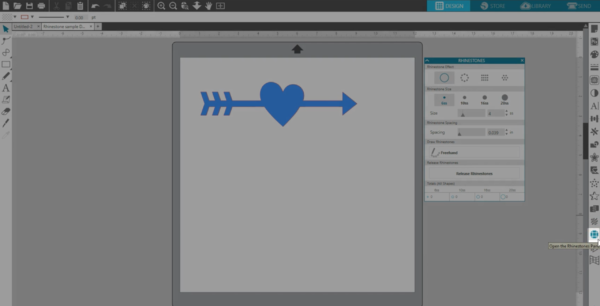
Contact local emergency management officials to determine if there is an opportunity to participate in a full-scale exercise within your community.Įxercises should be evaluated to determine whether exercise objectives were met and to identify opportunities for program improvement. As the program matures, consider holding a functional exercise. Use these scenarios as the basis for tabletop exercises. Identify probable scenarios for emergencies and business disruption. Review roles and responsibilities and ensure everyone is familiar with incident management.

Conduct a walkthrough or orientation session to familiarize team members with the preparedness plans. Review the risk assessment and program performance objectives. Developing an Exercise Programĭevelop an exercise program beginning with an assessment of needs and current capabilities. They often include participation from local businesses. Full-scale exercises are conducted by public agencies. It is a lengthy exercise which takes place on location using, as much as possible, the equipment and personnel that would be called upon in a real event. communications, warning, notifications and equipment set-up).Ī full-scale exercise is as close to the real thing as possible. Functional exercises are designed to exercise specific team members, procedures and resources (e.g. Activities for a functional exercise are scenario-driven, such as the failure of a critical business function or a specific hazard scenario. Many tabletop exercises can be conducted in a few hours, so they are cost-effective tools to validate plans and capabilities.įunctional exercises allow personnel to validate plans and readiness by performing their duties in a simulated operational environment.

The duration of a tabletop exercise depends on the audience, the topic being exercised and the exercise objectives. A facilitator guides participants through a discussion of one or more scenarios.

Tabletop exercises are discussion-based sessions where team members meet in an informal, classroom setting to discuss their roles during an emergency and their responses to a particular emergency situation. They are designed to familiarize team members with emergency response, business continuity and crisis communications plans and their roles and responsibilities as defined in the plans. Walkthroughs, workshops and orientation seminars are basic training for team members.



 0 kommentar(er)
0 kommentar(er)
